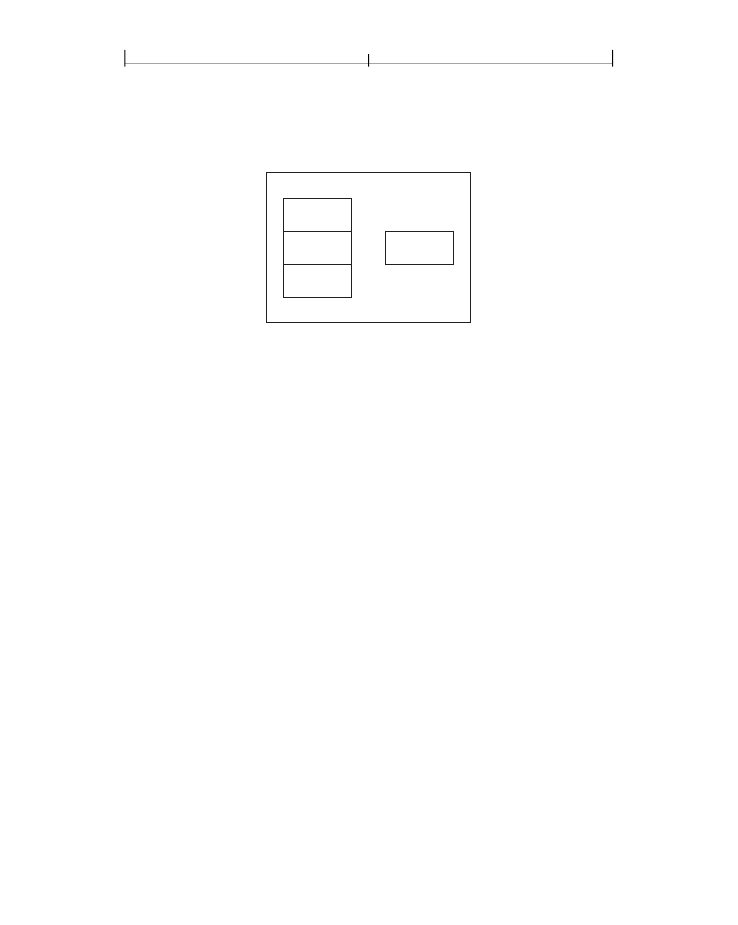
CHAPTER 3
48
Syntax
represent the document structure and are described separately. Section 3.7,
sociated resources.
Objects
File
structure
Document
structure
Content
stream
FIGURE 3.1
PDF components
In addition, this chapter describes some data structures, built from basic objects,
that are so widely used that they can almost be considered basic object types in
their own right. These objects are covered in Sections 3.8, “Common Data
PDF’s object and file syntax is also used as the basis for other file formats. These
include the Forms Data Format (FDF), described in Section 8.6.6, “Forms Data
Technical Note #5620,
Portable Job Ticket Format.
3.1 Lexical Conventions
At the most fundamental level, a PDF file is a sequence of 8-bit bytes. These bytes
can be grouped into
tokens
according to the syntax rules described below. One or
more tokens are assembled to form higher-level syntactic entities, principally
objects,
which are the basic data values from which a PDF document is
constructed.
PDF can be entirely represented using byte values corresponding to the visible
printable subset of the ASCII character set, plus white space characters such as
space, tab, carriage return, and line feed characters. ASCII is the American
Standard Code for Information Interchange, a widely used convention for